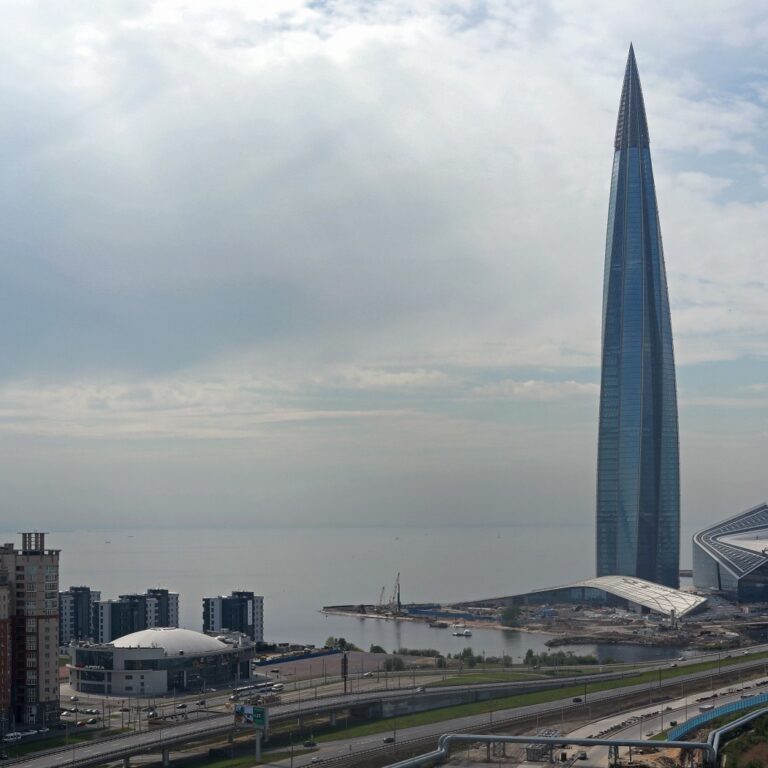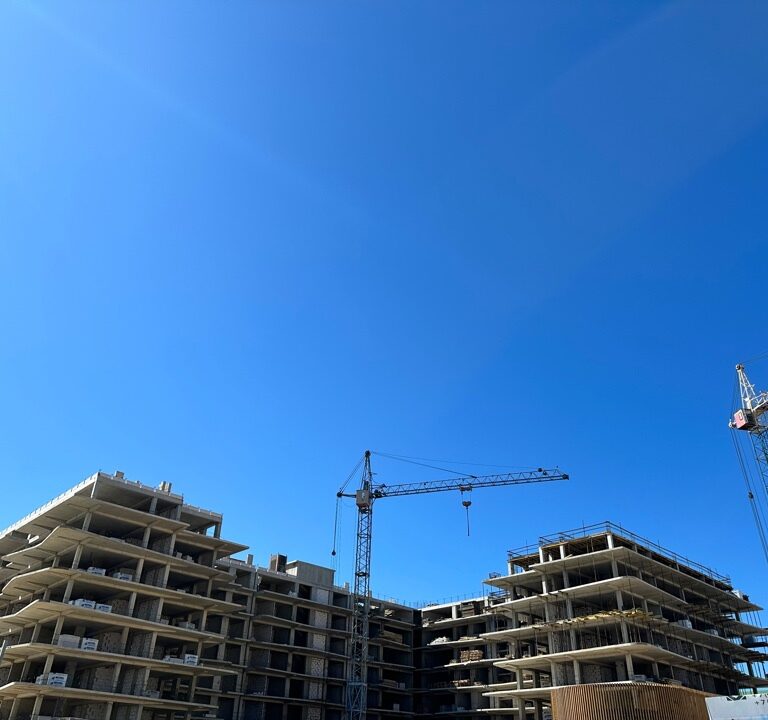Professor Borys Babin
Against the backdrop of the Kremlin’s recent admissions that the aggressor does not have an effective seismic monitoring system, it is necessary to dwell on the forced confessions made by the occupiers regarding the destruction over the past eight years of the unique geophysical observatory of the V.I. Vernadsky Taurida National University, created in 1986 in Sevastopol in the area of the 35th battery.
From mid-1991 to 2014, this object carried out continuous automated measurements of lithospheric deformations with large-baseline laser interferometric systems. In parallel, continuous measurements of temperature in the adit and on the Earth’s surface, as well as variations in atmospheric pressure, were carried out, which made it possible to study the relationship between the movement of lithospheric plates, marine and atmospheric processes.
Over decades of research, Ukrainian scientists have established regularities in the dynamics of lithospheric deformations, namely the periods of natural oscillations of the Black Sea, and established their direct relationship. Moreover, scientists developed a method for quantitative comparison of the results of measurement data and the characteristics of production volumes in the vicinity of the Crimean Peninsula of natural gas.
In 2003, at this Sevastopol base of the geophysical observatory, a highly sensitive pendulum tiltmeter manufactured at the Poltava gravimetric observatory was installed.
The device was located in an underground room adjacent to the measuring volume, in which there are laser interferometers-strainmeters. This made it possible to approach the indicated measurements many times better than was possible with the previous equipment.
Before the Russia’s occupation, further installation of scientific equipment by Ukrainian scientists was planned for the integrated study and conduct of geophysical observations in order to study the nature of seismic phenomena and identify prognostic signs of regional earthquakes.
At the same time, the main requirement for the work of the observatory was the principle of its continuity, with the operational processing of observation series using the methods of digital spectral analysis. These studies made it possible until 2014 to draw a conclusion about the likelihood of seismic events in the Crimean-Black Sea region.
Under the conditions of occupation, the observatory became hostage to the incompetence and “bureaucratic specifics” of the occupiers, who not only made it impossible for any cooperation of scientists on observations, but also criminally “transferred” the seized object not even to collaborators from the fake “Crimean Federal University”, but to someone illegally “displaced” to Sevastopol from Sochi “Institute of Natural and Technical Systems” (“INTS”).
The “forerunner” of this “INTS” was the State Southern Research Site of the Russian Academy of Sciences, created in the Caucasus in 2000, and after its illegal “transfer”, the “INTS” was “reassigned” in 2018 from the “academicians” to the aggressor’s Ministry of science and higher education.
At the same time, since 2015, the Russian occupiers wanted to illegally “subordinate” to this “institute” two Ukrainian research centers seized by the aggressor in Sevastopol – the “Institute of Biology of the Southern Seas” and the “Marine Hydrophysical Institute”, but this scheme “fell halfway”. The failure of this project led to mass mutual “love” of the functionaries of these “institutions”, and “INTS” who categorically did not want to “transfer” the captured observatory to anyone, appealing mainly to the fact that they allegedly have a “similar object” in Sochi and that they “will establish network observations”, which did not happen.
Since 2014, the observatory has not been operated by the Russian invaders, and the unique Ukrainian equipment in it simply rotted and rusted that no one was watching it. When the same “competitors” of “INTS” began to discuss this issue, its “management” did not come up with anything better than to say that supposedly “everything is going according to plan” and they are just investigating the “influence of an aggressive environment on various materials”.
The illegal “deputy director of “INTS” for scientific work” Elena Voskresenskaya was noticed in the role of the “advocate” of such “aggressive influences”, who “successfully headed” the observatory since 2014.
Its main activity consisted in the “conclusion” of a mass of “contracts on joint research activities” with a bunch of institutions of the same Russian Academy of Sciences, as well as other structures of the aggressor. However, if some “funds under contracts” were “allocated”, then they definitely did not reach the observatory.
It is interesting that now, after the catastrophe in Turkey and the obvious risks not only for the population, which is of little interest to the aggressor, but also for the military facilities of the Black Sea Fleet, the Russian invaders began to try to understand seismology, as well as the eternal question “where is the money, people and equipment”, the same “leaders” of the “INTS” stated that “people involved in the discussion, who do not have any competence in this matter, begin to accuse the “governor and senators” of inaction” and “thus, the so-called “Maidan” is being formed”.
In response, the “journalists” controlled by the aggressor and the same criminal governor “subtly noticed” that “such rhetoric was used by the “ex-governor” of Sevastopol, during which, in fact, the laboratory was transferred to the “INTS”, alluding to Sergei Menyailo.
However, regardless of who will be now appointed as extreme by the Kremlin, it is obvious that a decade of observations of the Black Sea region has been lost, and it is possible that it was the lack of Sevastopol observations that did not allow to obtain information about the catastrophic earthquake in Turkey in advance.
Also, the absence of such observations does not allow us to understand exactly how the predatory development of gas production by the Russian occupiers, including in the onshore part of the Crimea, in recent years can affect seismic activity.







